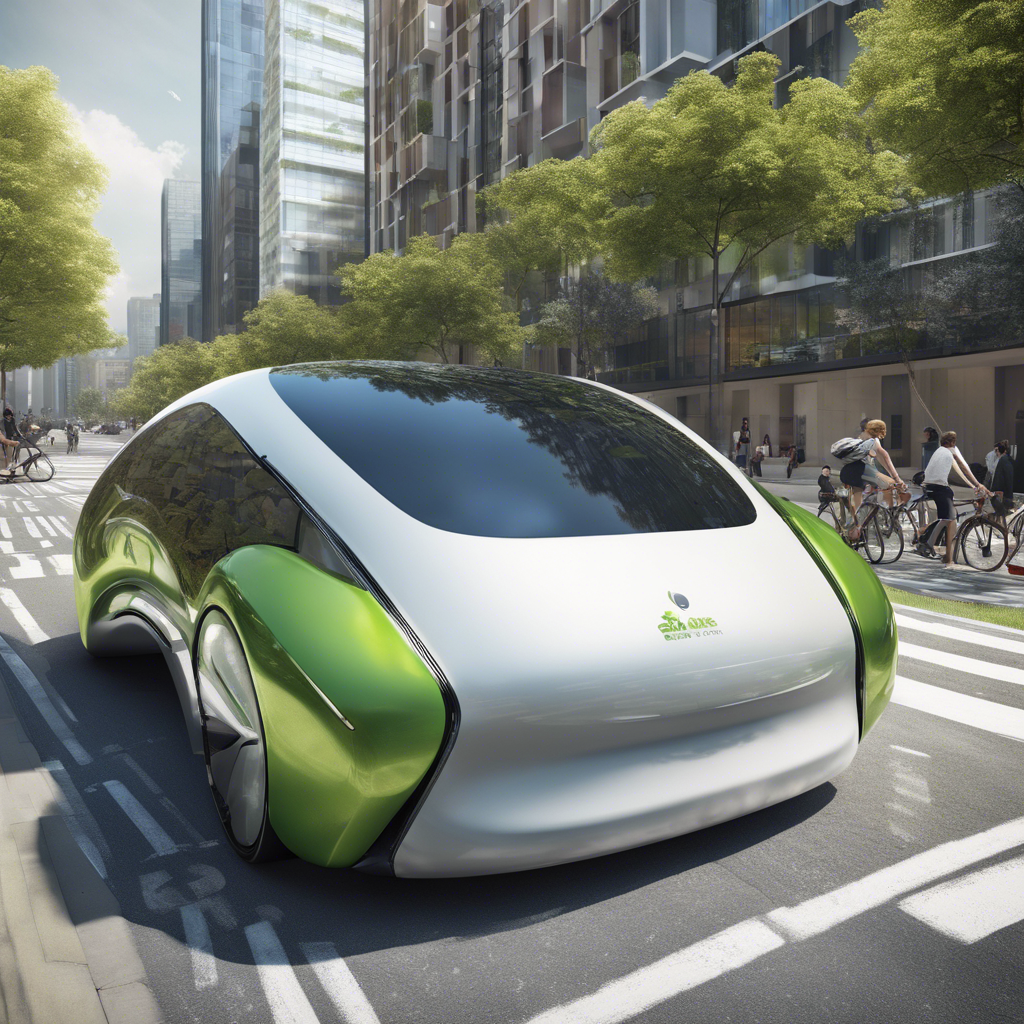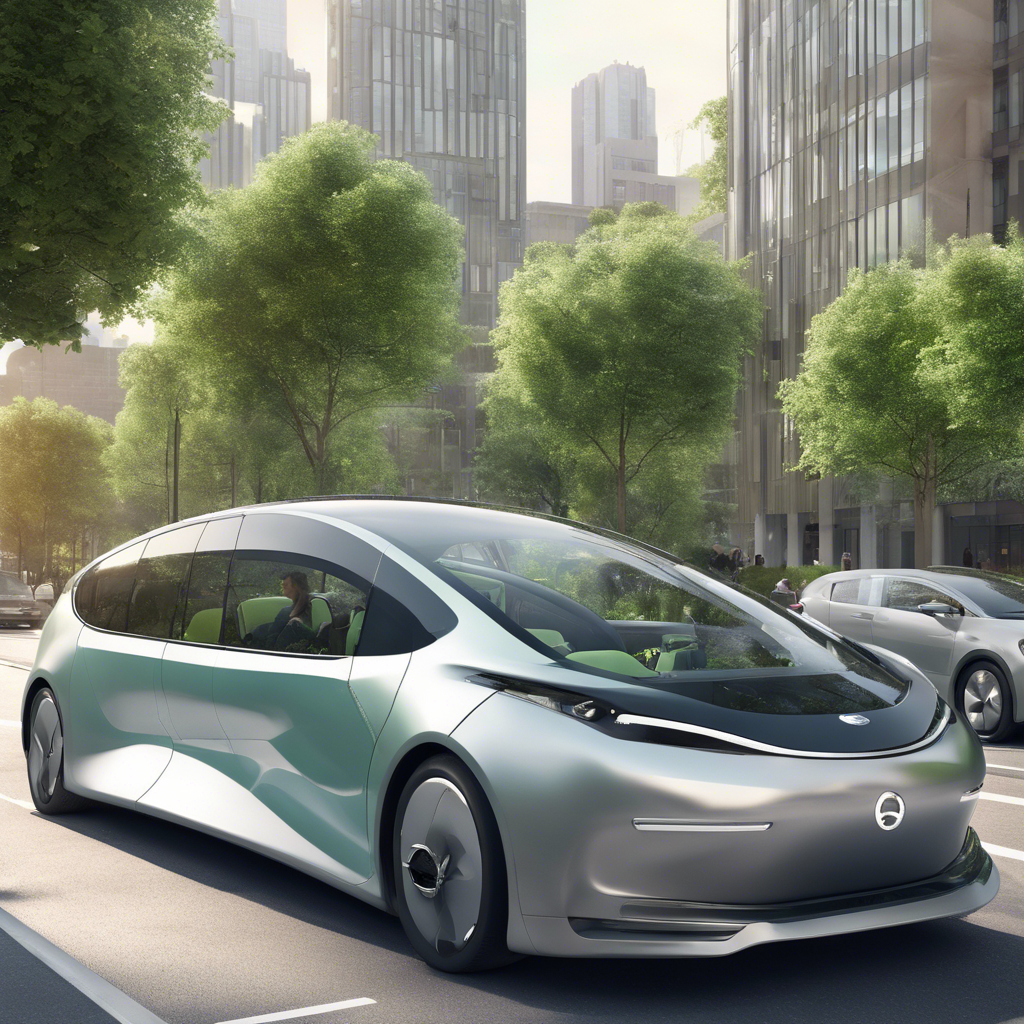The Rise of Hybrid Vehicles: A Balanced Approach to Sustainable Driving
September 21, 2024

In recent years, as the world grapples with the challenges of climate change, urban congestion, and rising fuel prices, hybrid vehicles have emerged as a compelling solution that bridges the gap between traditional gasoline engines and fully electric vehicles. This blog post delves into the intricacies of hybrid vehicles, exploring their mechanics, benefits, challenges, and their future in the automotive landscape.
Understanding Hybrid Vehicles
Hybrid vehicles combine two or more types of power sources to create a more efficient and eco-friendly means of transportation. The most common configuration includes an internal combustion engine (ICE) paired with one or more electric motors. This dual powertrain allows hybrid cars to leverage the strengths of both technologies, optimizing fuel efficiency and reducing emissions.
Types of Hybrid Vehicles
- Mild Hybrids: These vehicles utilize a small electric motor that assists the internal combustion engine but cannot power the car on its own. The electric motor primarily provides extra power during acceleration and helps with energy recovery during braking.
- Full Hybrids: Full hybrids are capable of running solely on the electric motor, the gasoline engine, or a combination of both. They can operate in electric-only mode at low speeds and transition to the gasoline engine for higher speeds, providing flexibility and efficiency.
- Plug-in Hybrids (PHEVs): As the name suggests, plug-in hybrids can be charged from an external power source, allowing for an extended electric-only driving range. This feature enables drivers to use the electric motor for short commutes while retaining the gasoline engine for longer trips.
- Series Hybrids: In a series hybrid design, the gasoline engine acts solely as a generator to charge the batteries that power the electric motor. This configuration focuses entirely on electric propulsion, though it maintains the benefits of a combustion engine for extended range.
The Mechanics Behind Hybrid Vehicles
At the core of hybrid vehicles is their sophisticated power management system, which optimally coordinates between the electric motor and internal combustion engine. This system utilizes various advanced technologies, including regenerative braking, which captures energy typically lost during braking and stores it in the battery for later use.
In practice, hybrid vehicles are equipped with a system that can seamlessly switch between or combine power from the two sources, depending on driving conditions. When accelerating or climbing hills, the electric motor provides additional power, while during cruising or coasting, the system can rely on the gasoline engine to maximize efficiency.
Hybrid vehicles are also equipped with advanced battery systems, often lithium-ion, which contribute significantly to their performance. The batteries are designed to provide rapid power delivery and durability while being compact enough to fit within the vehicle’s design.
Benefits of Hybrid Vehicles
Fuel Efficiency and Cost Savings
One of the most significant advantages of hybrid vehicles is their fuel efficiency. By utilizing both electric and gasoline power, hybrids can significantly reduce fuel consumption, especially in city driving where stop-and-go traffic is prevalent. This efficiency translates to cost savings at the pump, making hybrids an attractive option for budget-conscious consumers.
Environmental Impact
Hybrid vehicles substantially lower greenhouse gas emissions compared to traditional gasoline-powered cars. By consuming less fuel and utilizing electric power, hybrids contribute to reduced air pollution and a smaller carbon footprint. For environmentally conscious consumers, hybrids provide a practical way to decrease their impact on the planet without sacrificing the range and convenience associated with conventional vehicles.
Government Incentives and Rebates
Many governments worldwide offer incentives for hybrid vehicle purchases, including tax credits, rebates, and reduced registration fees. These incentives can help offset the initial purchase price, making hybrids more accessible for a broader audience.
Driving Experience
Hybrid vehicles often deliver a quieter and smoother driving experience compared to their gasoline counterparts. The electric motor’s instantaneous torque provides responsive acceleration, while the regenerative braking system allows for a more seamless transition when slowing down.
Challenges Facing Hybrid Vehicles
Despite their many benefits, hybrid vehicles are not without challenges. Consumers must consider several factors when contemplating a hybrid vehicle purchase, including:
Initial Cost
While hybrids can save money over time through fuel efficiency, they often have a higher upfront cost compared to traditional cars. The advanced technology and components used in hybrid vehicles contribute to this initial investment, which may deter some buyers.
Battery Lifespan and Replacement Costs
The performance and efficiency of hybrid vehicles are heavily reliant on their battery systems. Over time, batteries can degrade, leading to a reduction in performance and the need for replacement. The costs associated with battery replacement can be significant, although advancements in technology are helping to extend battery life.
Limited Availability of Models
While the hybrid vehicle market is expanding, choices can still be limited compared to conventional gasoline vehicles. Some consumers may not find a favorite model available in hybrid form, which can affect their purchasing decisions.
Driving Habits and Charging Infrastructure
For plug-in hybrids, the availability of charging infrastructure can be a concern. Drivers may need to install a home charging station, and those without off-street parking may face challenges in accessing charging facilities. Additionally, driving habits that favor short commutes can maximize the benefits of plug-in hybrids, while longer trips may require reliance on the gasoline engine.
The Future of Hybrid Vehicles

As the automotive industry evolves, hybrid vehicles are likely to play a critical role in the transition to sustainable transportation. With advancements in technology, battery efficiency, and infrastructure, hybrid cars are becoming increasingly viable for the average consumer.
Automakers are expanding their hybrid offerings to cater to diverse consumer needs, reflecting growing interest in eco-friendly transportation options. As manufacturers invest in research and development, we can expect to see enhanced performance, lower costs, and increased availability of hybrid models across different vehicle segments, from compact cars to SUVs and trucks.
Moreover, the continuous enhancement of smart technologies like connected vehicle systems and autonomous driving features aims to improve the overall hybrid driving experience. This integration highlights the broader trend towards an interconnected automotive ecosystem that prioritizes efficiency and sustainability.
Conclusion
Hybrid vehicles represent a tangible step toward a more sustainable transportation paradigm, combining the advantages of electric propulsion with the familiarity and convenience of traditional gasoline engines. While challenges remain, the benefits of hybrid technology, coupled with continual advancements in the automotive sector, position hybrids as a vital solution to reducing carbon emissions and fulfilling the demands of modern driving.
The embrace of hybrid vehicles is not merely a fleeting trend; rather, it signifies a commitment to sustainable innovation. As consumers become more aware of their choices and the implications of their driving habits, hybrid vehicles stand to gain prominence in the bid for greener, more efficient roadways. As we move forward, the hybrid vehicle revolution invites us to rethink our relationship with mobility, sustainability, and technology.
Amazing technolgy of future car